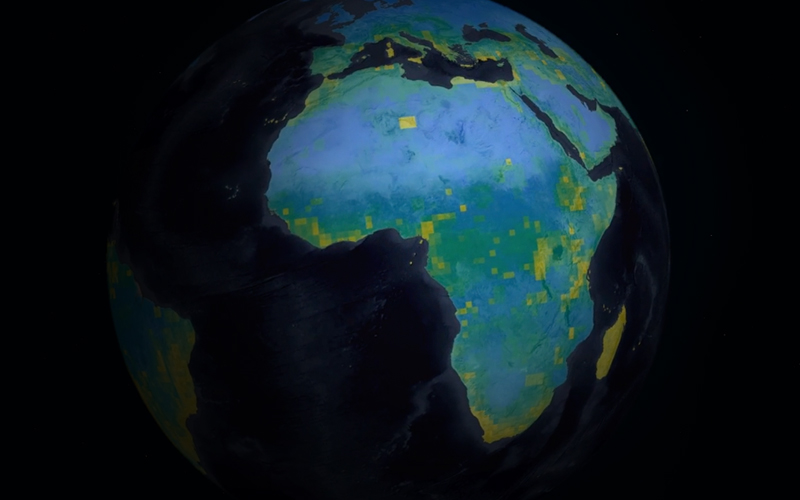This article is designed to provide Valley residents with practical instructions for restoring, enhancing and protecting biodiversity in the areas they have the most influence over -- their yards. The guide, a product of the Vermont Alliance for Half-Earth, is an answer to the call of the biologist E. O. Wilson’s to preserve half of the planet for nature.
“Think half-yard, not in a literal sense but to indicate that wherever we live we need to consider biodiversity and the function of ecosystems,” explained spokesperson Curt Lindberg, Waitsfield.
Here are steps people can take to answer the half-yard call.
For those who are trying to restore parts of their yard to a wilder setting, a better approach is to figure out which natural communities would occur on the property if it were in its most natural state. A natural community is essentially a group of plant and animal species that reflects the climatic, geologic and hydrologic characteristics of the place they are growing.
The book “Wetland, Woodland, Wildland” is the guide to natural communities in Vermont, and it can help people find which species of plants are most likely to thrive and reproduce the best with the least maintenance in their specific location.
Sourcing native plants -- The fastest way to get native plants is to go to a nursery that supplies them, and the Audubon tool mentioned above can help folks find local vendors.
Remove nonnative invasives -- Non-native invasive plant species can outcompete native plants, and so actually decrease local biodiversity where they take over. The website Vermont Invasives has pictures and management techniques for all of the worrisome invasives. Removing invasive species slows their dispersal to new places. In general, it is best to remove mature plants first so that new seed production is stopped as soon as possible. It’s also a good strategy to cut back and manage unwanted plants earlier in the growing season after they send up shoots and deplete the energy stored in their roots, but before they can photosynthesize much and store more.
Messy is beautiful -- What some might consider messy fruit and brush, wild critters consider food and shelter.
Stop using pesticides -- Insects play a key role in the wider food web, and pesticides almost always kill more than their intended target.
Leave the leaves -- Many moth species, like the declining luna moth, pupate in the leaf litter, and so rely on these dead leaves to survive the winter. In fact, leaf litter provides food and shelter for all kinds of organisms, like fungi, arthropods and amphibians. Larger animals, like birds, rely on these organisms to feed themselves and their young.
Dead wood is good wood -- Dead wood is like a battery that slowly fuels other forms of life around it. Fungi and beetles eat the cellulose and lignin in dead wood, and in turn these organisms are eaten by woodpeckers and other creatures. Large standing dead trees are also a necessary landscape component for cavity nesting birds like woodpeckers, chickadees and owls, and provide denning locations for raccoons, fishers, porcupines and countless other species.
Stay tuned for Part 2.







